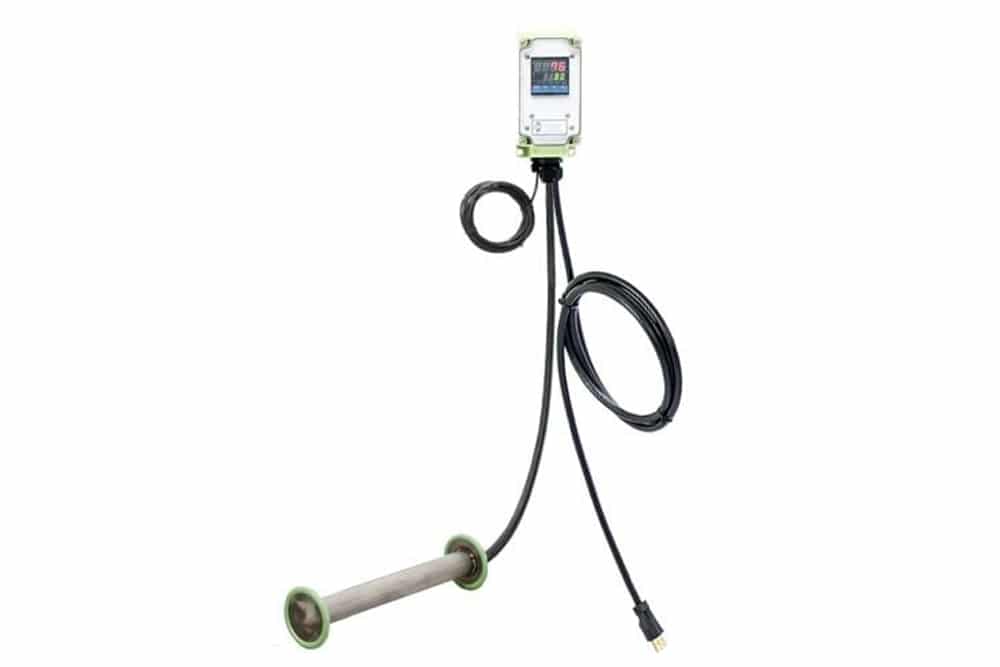There are many fields where heating of substances within containers is important, from chemical storage through several others. One of the most popular industrial heater types for these settings, for several reasons, is the tote heater.
At Gordo Sales, we're happy to offer a huge range of tote heaters and various tote heater accessories, from heaters themselves to things like tank covers, insulated blankets and more. What exactly is a tote heater, what are some of their primary uses and features, and what are some potential size designations you might consider? Let's go over everything you need to know about tote heaters.

When we talk about tote heaters, we're referring to a range of products designed to hold containers of liquid. These are often used in chemical storage tanks, but also could be an important part of a warehouse or other industrial application where you need to store something warm in a container. Tote heaters are designed with the primary intent of heating the substances inside these containers for use at another point in time, and for allowing the flow of contents in these containers to be as fast as possible when they're needed. They will often use blankets as part of this effort, too.
Tote heaters are a popular design because it makes sense to be able to simply place a container inside of an enclosed heater area and not have to worry about the contents evaporating, boiling over or doing something else harmful as a result of being left out for later use. With their tank covers and insulation, the process is even more efficient.
Also called IBC heaters, tote heaters are designed to work with IBC containers, which stand for Intermediate Bulk Containers. These may be made from steel or plastic, and there's a range of sizes that you can fit on an IBC belt system.
There are several ways tote heaters will be used within industrial settings, including (but not limited to) each of the following:
To help you visualize exactly what we're talking about, consider the food industry as an example. Within this world, ingredients are often kept at certain temperatures during storage, but then must be brought to a different temperature for actual production -- this is where tote heaters come in.
Tote heaters are placed within the warm storage tanks, and brought up to an appropriate temperature for food ingredients. This allows facilities to only have a few warm storage spaces instead of dozens or hundreds, while still maintaining a proper inventory control system with a seamless production process.
If you're considering purchase of a tote heater for any industrial need, here are some of the top variables you should be considering while doing so:
For more on tote heaters and how they're commonly used within the industrial world, or to learn about any of our other industrial heating systems, speak to the pros at Gordo Sales today.